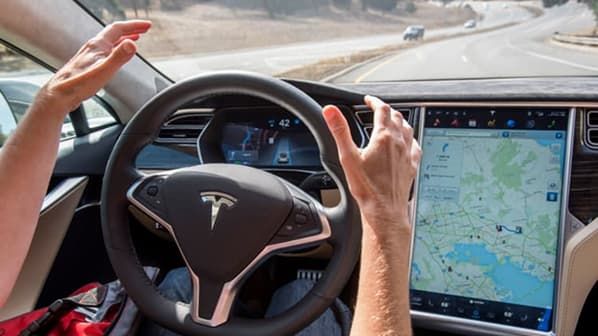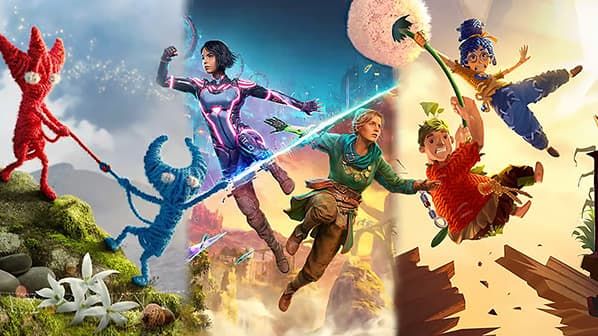AI chatbots have transformed the manner in which individuals and businesses communicate with technology. The days of basic scripted programs are over, and AI chatbots now employ advanced natural language processing (NLP), deep learning, and large language models (LLMs) to converse like humans.
A Brief Guide to Construction Jobs

The Development of Chatbots
The initial bots, ELIZA and PARRY, were rule-based systems using pre-programmed conversation to mimic conversing. While groundbreaking in their time, the systems were limited in their ability to reply to unexpected questions or maintain context. Over time, chatbots evolved into dynamic programs with the incorporation of machine learning methodologies. AI bots of the present, embodied by the models ChatGPT, Google Gemini, Anthropic’s Claude, and xAI’s Grok, are powered by state-of-the-art LLMs, not just with the ability to provide contextually suitable responses, but also stylistically suitable responses.
Underlying Technologies
1. Natural Language Processing and Comprehension
NLP is the backbone of all advanced chatbots to enable the machine to decompose, examine, and translate human speech. Advanced chatbots employ intricate calculations to perform tasks such as tokenization, syntactic analysis, and semantic analysis. NLU goes a step further by detecting intent and user context so that the dialogue occurs naturally even where the input is not that of a strict script.
2. Big Language Models and Deep Learning
Deep learning has revolutionized the way that chatbots answer. Such models as OpenAI’s GPT-4 and Google’s PaLM2 (renamed Gemini) have been pre-trained on massive collections of web pages, books, and other online text. This pre-training enables chatbots to “know” an extensive list of subjects and generate well-formed, context-dependent answers. Such techniques as reinforcement learning from human feedback (RLHF) have been instrumental in tuning up such models so that they’re better suited to actual conversations and less prone to generate spurious or offensive text.
3. Multimodal Cap
The future of AI chatbots is multimodal integration—the ability to deal with text, images, sound, and even videos. Current versions of ChatGPT, for instance, already accept input in the format of images, alongside text, to be capable of providing an improved interactive experience. It is going to transform customer care and digital marketing the way it is done now, with a better grasp of user questions.
Major Examples and Their Salient Features
1. ChatGPT
Developed by OpenAI, ChatGPT has been the embodiment of state-of-the-art conversational AI. It maintains an array of functions—ranging from answering queries and composing emails to crafting imaginative content like poetry and code. Through follow-up releases (i.e., GPT-4, GPT-4o, and specialist variations like ChatGPT Pro), it only goes on raising the quality and diversity bar.
2. Google Gemini
Originally known as Bard and later as Gemini, Google’s chatbot AI is designed to be highly integrated into Google’s platform. Powered by advanced models like PaLM2 and its successor Gemini Pro, it is multilingual and is rapidly gaining features. It is also famous for being conservative in its responses, and some users like it for its tactfulness regarding sensitive issues.
3. Anthropic’s Claude
Claude is yet another well-known player in the field of AI chatbots. Developed by Anthropic, guided by former members of OpenAI, Claude is centered on safety and responsible responses. It is designed to be less damaging in its responses and less biased, so it is a first choice where trust and reliability cannot be sacrificed.
4. Grok by xAI
Developed by xAI and backed by Elon Musk, GroK stands out in that it leverages actual social media data in real time from social media platforms like X (formerly Twitter). With sarcasm detection and a standing as being highly context-aware, GroK is constructed to deliver dynamic, refreshed responses, particularly in quickly changing scenarios like social media and current events.
Real-World Applications
AI chatbots have application in a very large number of sectors:
1. Customer Service: Chatbots ensure 24/7 customer service, answering simple questions automatically and freeing human operators to deal with the complex ones. The capacity to manage multiple languages and customize answers has made them a necessity for multinational businesses.
2. Online Marketing: Through one-to-one targeted communication with customers, chatbots can potentially generate sales, obtain feedback, and enhance customer loyalty.
3. Healthcare: Certain advanced chatbots assist with preliminary diagnoses, scheduling, and patient education but not with replacing medical consultation with a specialist.
4. Education: AI tutors guide students in homework, learning a second language, and even preparation for standardised tests with real-time, easily accessible advice.


Guess you like
-

Convert Your Computer Screen to a Full Television System
-

Get to Know the Differences Between Tesla’s Autopilot and Full Self-Driving Tech
-

7 Essential Tips for New Players of Ghost of Yōtei
-

5 Essential Horror Games for the Modern Enthusiast
-

5 Essential AI Tools That Are Revolutionizing Student Learning
-

The Best Co-op Games for Every Type of Friendship Moment
Trending
-
 1
1A Smarter Way to Surf the Web with ChatGPT Atlas
-
 2
25 Apps Using Apple Intelligence to Transform Your Daily Life
-
 3
3Five AirPods Features That Make Everyday Listening Smarter and More Seamless
-
 4
4Battlefield 6 Beginner Tips for Winning Fights and Surviving Each Mode
-
 5
5Your Chatbot AIs Could Soon Determine What You View on Facebook and Instagram
-
 6
6How Seam Sealer Quietly Keeps Your Car Alive


